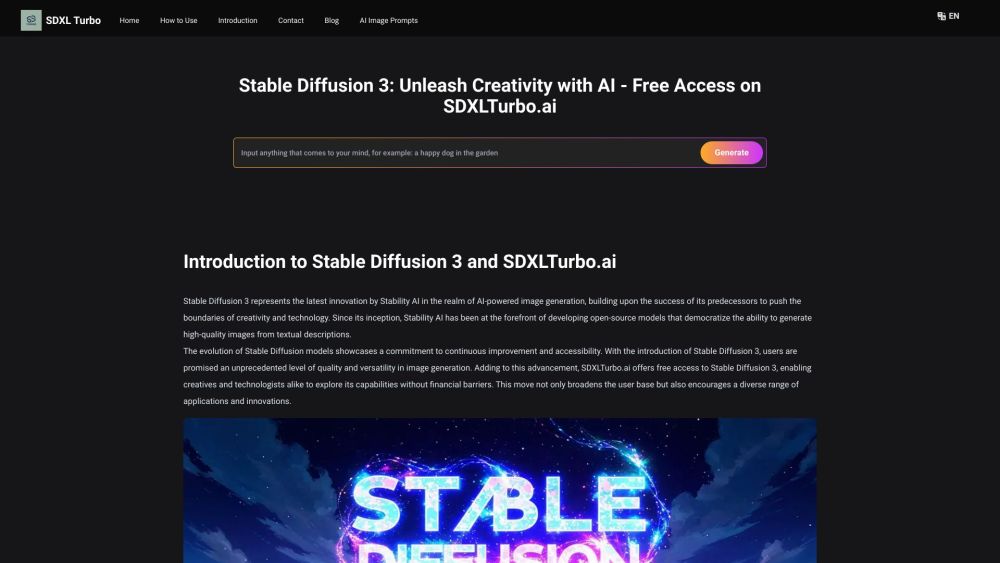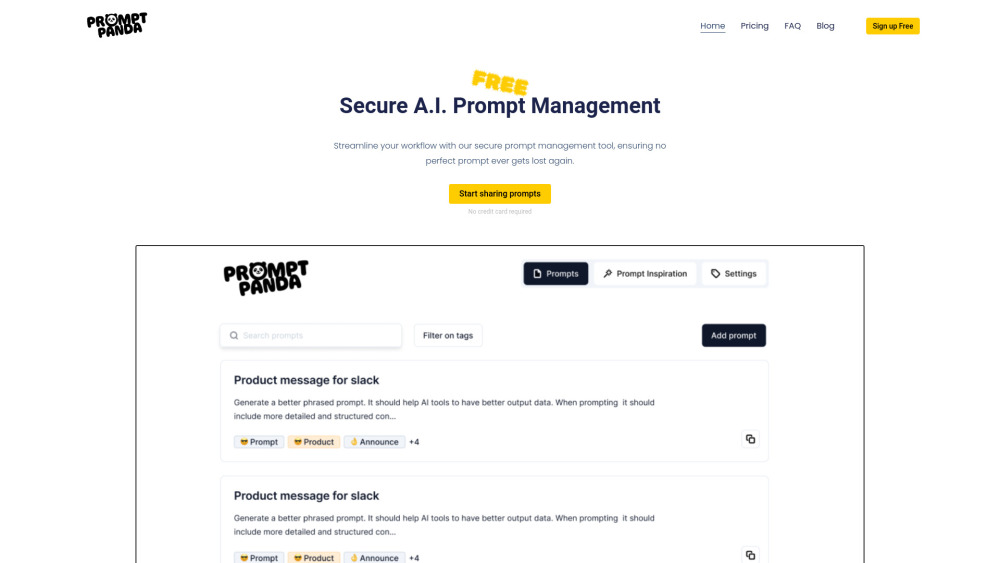President Biden's Executive Order on AI: New Regulations Announced
Five months have passed since President Joe Biden signed an executive order to address the rapid advancements in artificial intelligence (AI). The White House is now advancing the implementation of this order with a new policy aimed at regulating the federal government's use of AI. A key focus is to mitigate the risk of algorithmic bias.
Vice President Kamala Harris emphasized the collective responsibility of leaders across government, civil society, and the private sector. "We must adopt AI in a way that protects the public from potential harm while ensuring everyone can enjoy its benefits," she stated during a press call.
Key Requirements of the New AI Policy
Under the new policy from the Office of Management and Budget (OMB), agencies must adhere to three binding requirements:
1. Protecting Rights and Safety: Agencies must ensure that any AI tools used do not jeopardize the rights and safety of the American people. By December 1, they must implement "concrete safeguards" to prevent adverse impacts on safety or rights. If they cannot justify continued use, they must cease using that AI product.
2. Transparency: Agencies are now mandated to be transparent about their AI systems. Each year, they will publish a list of AI systems in use, assess the associated risks, and disclose how these risks are managed. Government-owned AI code and data must also be shared, provided it doesn't endanger public safety or government operations.
3. Internal Oversight: Federal agencies must establish robust internal oversight for AI usage by appointing a chief AI officer for guidance and creating AI governance boards by May 27. This oversight aims to ensure responsible AI use across all departments.
In analyzing AI impacts, the policy classifies an AI system as affecting safety if it’s used in critical areas such as election integrity, infrastructure control, autonomous vehicles, and sensitive workplace environments. Agencies must also abandon AI systems that infringe upon Americans' rights, covering practices like predictive policing and unauthorized replication of individuals' likenesses.
AI's Role in Advancing Public Service
The policy encourages agencies to assess the benefits of generative AI while ensuring that adequate safeguards and oversight mechanisms are in place. The OMB highlighted the dual nature of AI, stating, "AI presents not only risk but also a tremendous opportunity to improve public services and tackle societal challenges, such as climate change and public health."
For example, the National Oceanic and Atmospheric Administration is using AI models to enhance extreme weather forecasts and manage natural disasters, while the Federal Aviation Administration is employing AI to optimize air traffic in busy metropolitan areas.
Ongoing Efforts to Regulate AI
This new policy is part of broader efforts to regulate AI’s rapid evolution. While the European Union has enacted comprehensive AI regulations, the U.S. has approached regulation more gradually at the state level. Recent legislative measures in states like Utah and Tennessee aim to counter AI fraud and protect individuals from unauthorized voice cloning.
Through responsible oversight and tailored regulations, the government seeks to harness the potential of AI technologies while ensuring public safety and civil rights are upheld.





